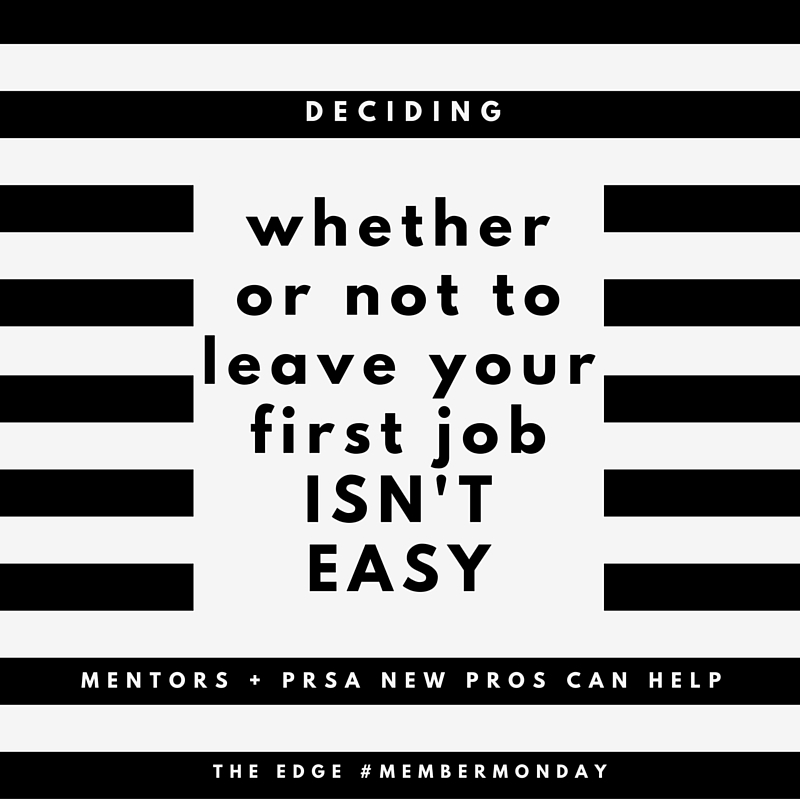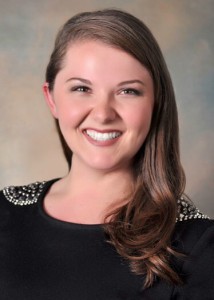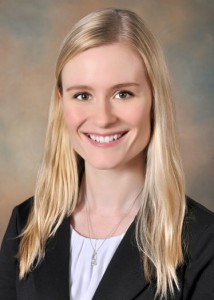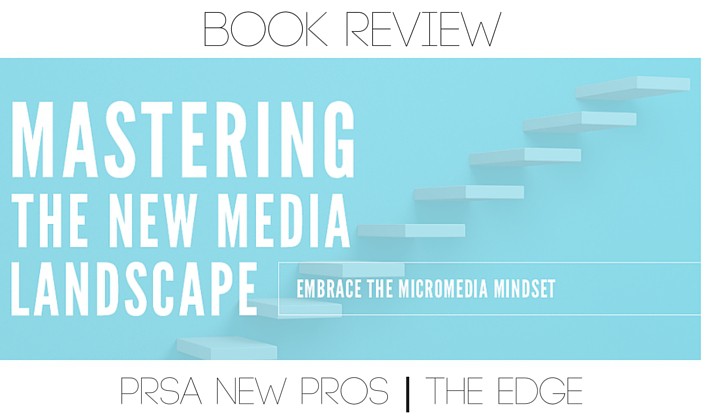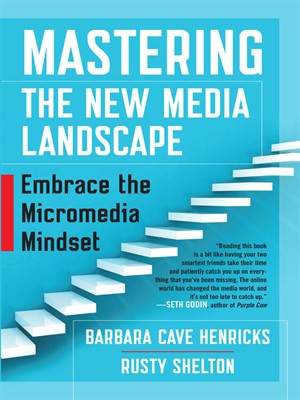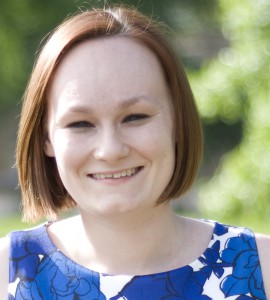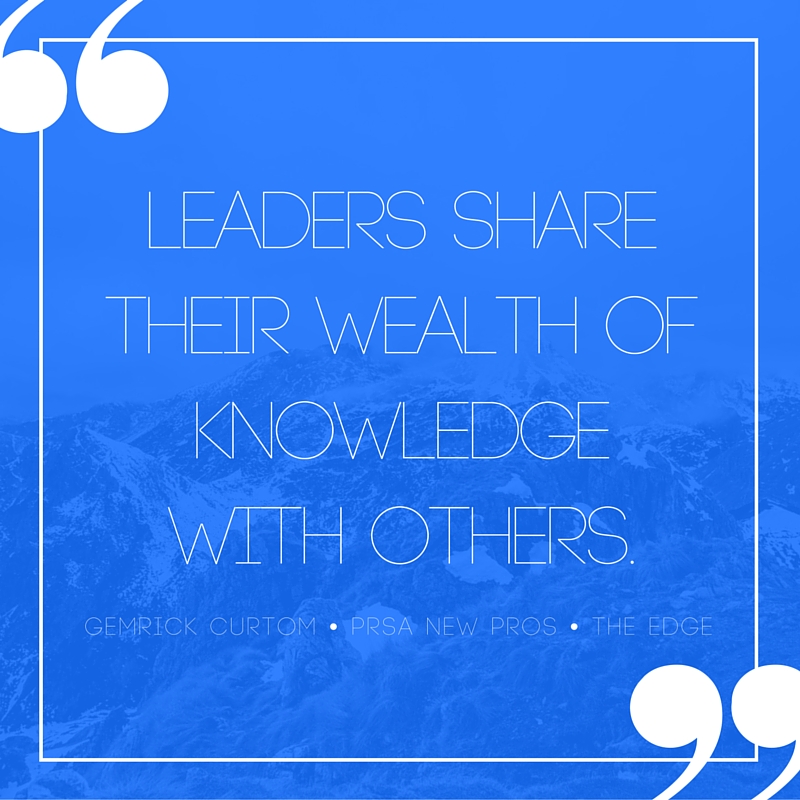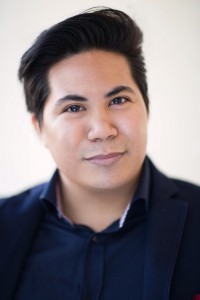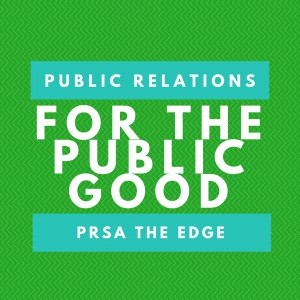
Editor’s note: The below Q&A with Shelley Spector previews her forthcoming book, available in August.
You have a forthcoming book coming out this summer, “Public Relations for the Public Good: How PR has shaped America’s social movements.” Could you provide a synopsis?
The book (co-authored with Lou Capozzi) explores how public relations activities have been used to make social movements more successful. While they were not called “PR” at the time, nor did they involve “professional” PR people, these historical milestones were, nevertheless, powered by people who understood public opinion and how to influence it. So there’s a lot to be learned about strategy, messaging, impacting attitudes, and measuring one’s impact.
The topics in the book include a wide range of topics spanning the 20th century: including, the Triangle Shirt Waist factory fire, the Harlem Renaissance, anti-smoking campaigns and civil rights campaigns. To me, the most exciting thing about the book is that my students wrote most of the chapters. This was for the class I teach at Baruch College/CUNY: “From Plato to Twitter: A History of Influence, Media and Public Opinion.” It’s exciting that our students have a chance to be published!
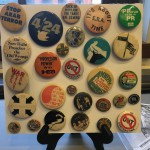 What inspired you to write the book?
What inspired you to write the book?
While I find PR history fascinating, I find PR in history even more fascinating. When you look at historical events through the lens of PR, it often reveals PR in its purest sense. With social media dominating much of the workday of PR people, it’s important that young professionals understood that the Internet is just a channel, just like TV, film, word-of-mouth, carrier pigeons, pony express and cave drawings. It’s the message that counts, not the medium.
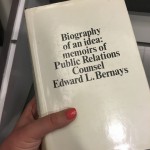 You’re also the founder of the Museum of Public Relations. How did the museum begin and what is your favorite artifact or resource within it?
You’re also the founder of the Museum of Public Relations. How did the museum begin and what is your favorite artifact or resource within it?
The museum was the brainchild of Edward Bernays. What a wonderful way to preserve historical documents, books and artifacts that tell the story of our field. The first collection we received was from Bernays himself: two dozen first-edition books from his library, artifacts from the Light’s Golden Jubilee, original newsletters published by his wife and business partner, Doris Fleischman.
I have a few favorites: The 1966 press release announcing the formation of the National Organization of Women (N.O.W.) with Muriel Fox and Betty Freidan as contacts. The issues of magazines from the 1930s that explore the burgeoning new PR field. The photographs of civil rights marches in the 1960s and collection of anti-slavery literature from a century before. And, of course, Bernays’s inbox.
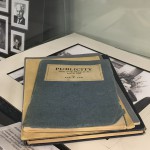 And what are some other examples of early public relations throughout history?
And what are some other examples of early public relations throughout history?
Every PR student learns about Bernays’s campaign to promote bacon and eggs, or Ivy Lee’s counsel to the Rockefellers. Some of the best campaigns, though, are ones that are not mentioned in the textbooks. You can find wonderful examples of modern PR at work throughout the 20th century. Take for example, the campaign to raise public awareness for the polio vaccine; the “Meatless Tuesdays” program during World War II; the campaign for Tobacco-Free Kids; and the promotion of the Works Progress Administration during the Depression. Some of the best “PR” programs may not be called “PR” but are every bit as much “PR” as Bernays’s campaign to boost sales for Ivory Soap.
You are an adjunct professor at Baruch College as well as president of Spector & Associates, working with aspiring PR pros every day. What is your go-to piece of advice for new professionals in the public relations industry?
Get as much “real world” experience while you’re in school or immediately after graduation. You want to be able to walk into your first job interviews with an impressive portfolio of work that displays, not only your “PR” skills, but your professionalism, creativity and drive. That may mean taking on internships (whether paid or unpaid) whenever and wherever you can. We see young professionals apply here who already have four of five internships under their belts. This shows us that he or she is truly serious about making a career in this field, and already has the required skills so they can hit the ground running from Day One… One other suggestion, equally as important: Become familiar with the organization before you even send your resume in. Chances are, you’ll be asked, “So why do want to work here?” “What attracted you to us?” You’d be shocked to see how many have no idea beyond, “I saw your post on Indeed.” The more time you spend researching the company the better that interview is going to be.
Any additional information you’d like to share about the Museum of Public Relations?(I’ll include a note about how it’s open to the public by appointment, link to website, etc.)
The museum has a very active online presence, with 90k views on our website and 6,800 followers on the Facebook page, representing some 60 countries from every corner of the world. We have hosted a dozen classes so far this year, some over Skype. We also host events for organizations, such as PRSA and the Plank Center, as well as give tours for PR agencies, such as Burson Marsteller, Weber Shandwick and Ketchum. Scholars come from all over the world to do research here, as it is the largest and most complete repository of books and materials documenting the history of the field.
Editor’s note: The Museum of Public Relations is free and open to the public by appointment.
Any other book recommendations or “must reads” for PR professionals?
I would recommend the writings by Bernays and Lee (you can find them through our Facebook page). Although their work was written nearly a century ago, Bernays and Lee remain the top writers of our practice. Their writings are as relevant today as ever.
I would also urge everyone who aspires to succeed in this field to read the New York Times every day. Keeping up with the news is essential in this business.
 Shelley Spector is the president of Spector & Associates. She has counseled some of the world’s largest defense, technology and communications companies — from Exelis and ITT to HP and AT&T — and has won more than four dozen awards, including the Silver Anvil and Gold SABRE. Prior to founding Spector & Associates in 1991, Spector worked at Hill & Knowlton and RuderFinn, and served as press relations manager for the American Stock Exchange. She is an adjunct professor at the graduate level at NYU and Baruch College/CUNY. Spector is also founder of the Museum of Public Relations. Spector earned a B.A. Journalism at the University of Rhode Island and an M.S. at the Newhouse School, Syracuse University.
Shelley Spector is the president of Spector & Associates. She has counseled some of the world’s largest defense, technology and communications companies — from Exelis and ITT to HP and AT&T — and has won more than four dozen awards, including the Silver Anvil and Gold SABRE. Prior to founding Spector & Associates in 1991, Spector worked at Hill & Knowlton and RuderFinn, and served as press relations manager for the American Stock Exchange. She is an adjunct professor at the graduate level at NYU and Baruch College/CUNY. Spector is also founder of the Museum of Public Relations. Spector earned a B.A. Journalism at the University of Rhode Island and an M.S. at the Newhouse School, Syracuse University.
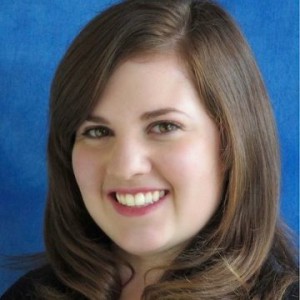 Heather Harder is the programming co-chair for PRSA New Professionals and a former national president of PRSSA. Follow her on Twitter at @HeathHarder.
Heather Harder is the programming co-chair for PRSA New Professionals and a former national president of PRSSA. Follow her on Twitter at @HeathHarder.
